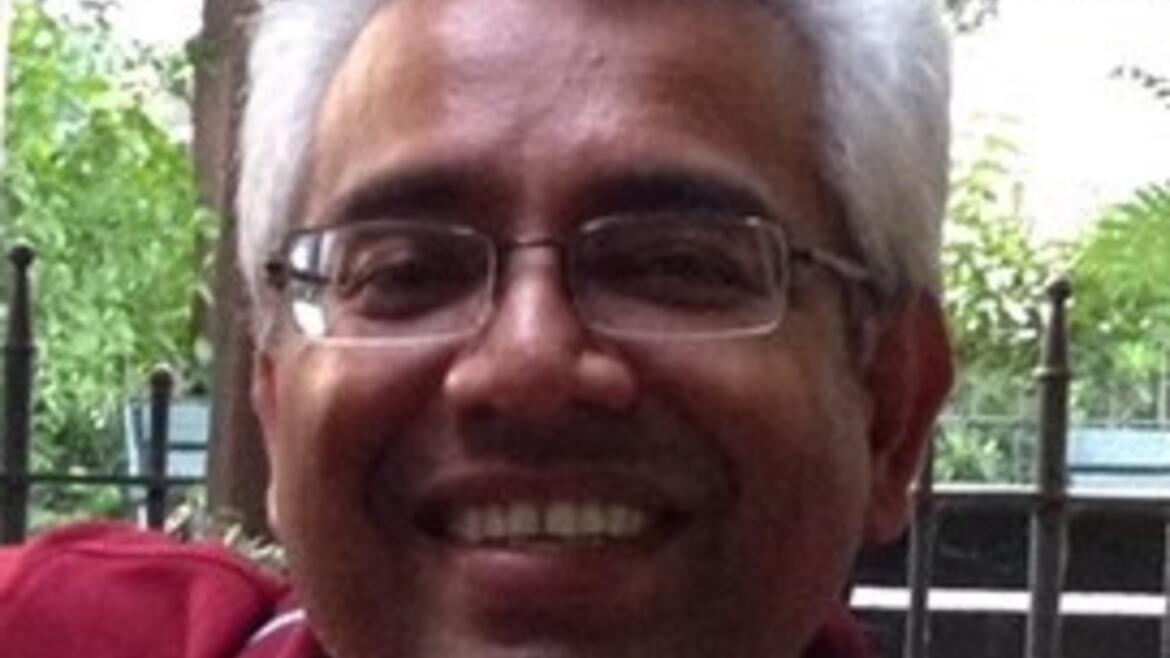Colloquium: Gaurav Arya

Architected Lattice: Development and Commercialization of a New Material System
Gaurav Arya, Ph.D.
Associate Professor
Department of NanoEngineering
University of California, San Diego
La Jolla, CA 92093
The incorporation of nanoparticles (NPs) into polymers constitutes a powerful strategy for enhancing their thermomechanical properties and for introducing new optical, electrical, and magnetic functionalities into the polymers. This talk reviews our recent efforts in modeling the microstructure, assembly mechanism, and viscoelastic properties of such polymer nanocomposites. I will begin by discussing Monte Carlo simulations of polymer-grafted nanocubes that reveal the role played by the chemistry and length of the polymer grafts in dictating the relative orientation of nanocubes within their aggregates. These results led to the development of a powerful strategy for fabricating of plasmonic nanojunctions from the self-assembly of Silver nanocubes within a polymer thin film. Next, I will describe an approach for inferring dynamic parameters of NP assembly from spatially and temporally disjointed images of composites. The approach involves adjustment of the parameters of a kinetic model of assembly until the size statistics of NP clusters computed from the model match those obtained from high-throughput analysis of the experimental images. Application to shaped, metal NPs in polymer films reveals that NP structures grow via a cluster-cluster aggregation mechanism, where NPs and their clusters diffuse in a Stokes-Einstein manner and stick with a probability that depends strongly on the size and shape of the NPs and the molecular weight of the polymer. Finally, I will discuss the viscoelastic behavior of polymer nanocomposites as computed from molecular dynamics simulations. Our simulations reveal intriguing parametric trends in the storage and loss modulus caused by interplay between shear distortion effects and chain relaxation dynamics. A simple analytical model based on Rouse theory is presented that captures reasonably well the observed viscoelasticity of the nanocomposites.
Gaurav Arya obtained his B.Tech. degree in Chemical Engineering from IIT Bombay in 1998, and Ph.D. degree, also in Chemical Engineering, from the University of Notre Dame in 2003. He did his postdoctoral research at Princeton University and held an Assistant Research Scientist position at New York University. He joined the Department of NanoEngineering at UC San Diego as an Assistant Professor in 2007 and was promoted to Associate Professor in 2013. Professor Arya’s research focuses on the development and application of computational methods to gain a molecular-level understanding of various biological systems and materials of interest, which include 3D genome organization in eukaryotes, DNA packaging in viruses,
DNA-based nanomachines, and nanoparticle-polymer composites. He has published 50 peer-reviewed papers, several of which have been published in prestigious journals like Nature Nanotechnology, Nature Communications, PNAS, Annual Review of Biophysics, Nucleic Acids Research, Physical Review Letters, and Advanced Functional Materials